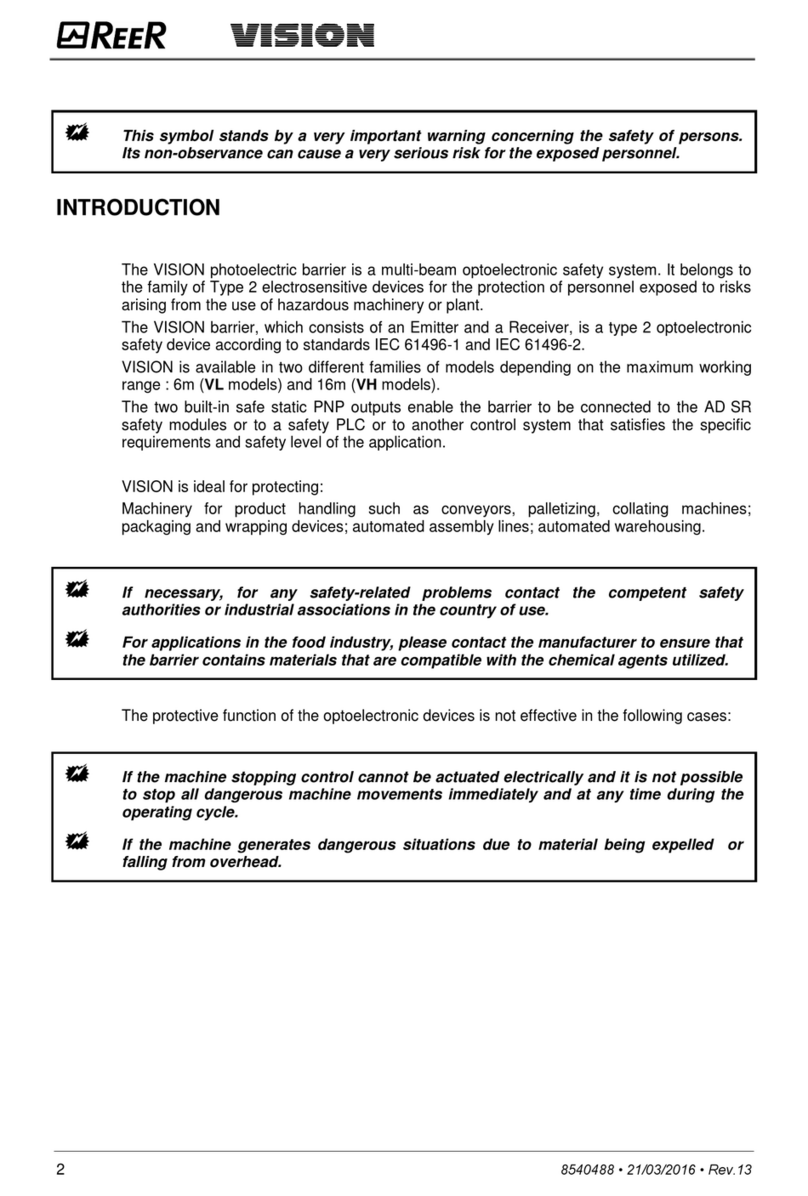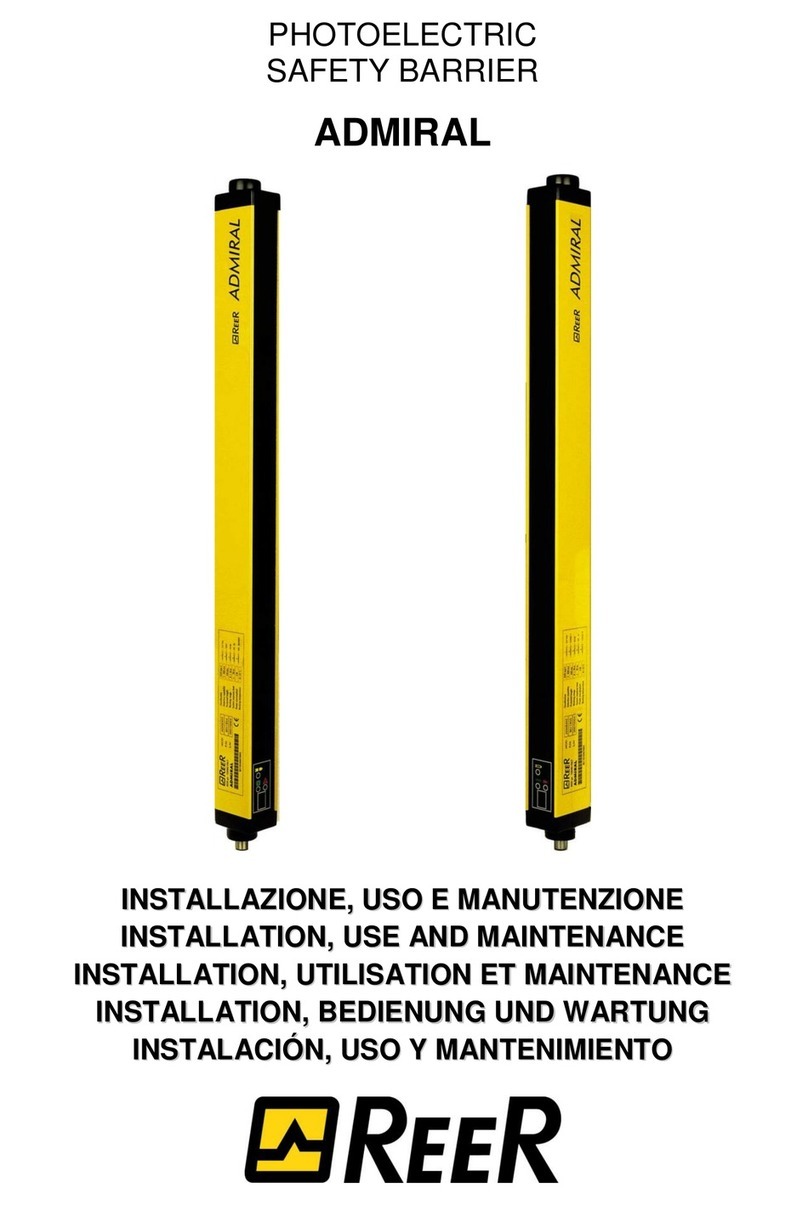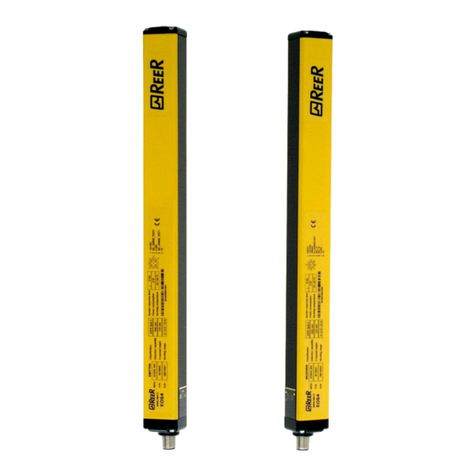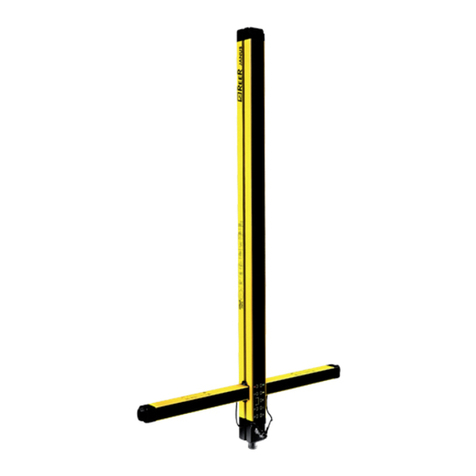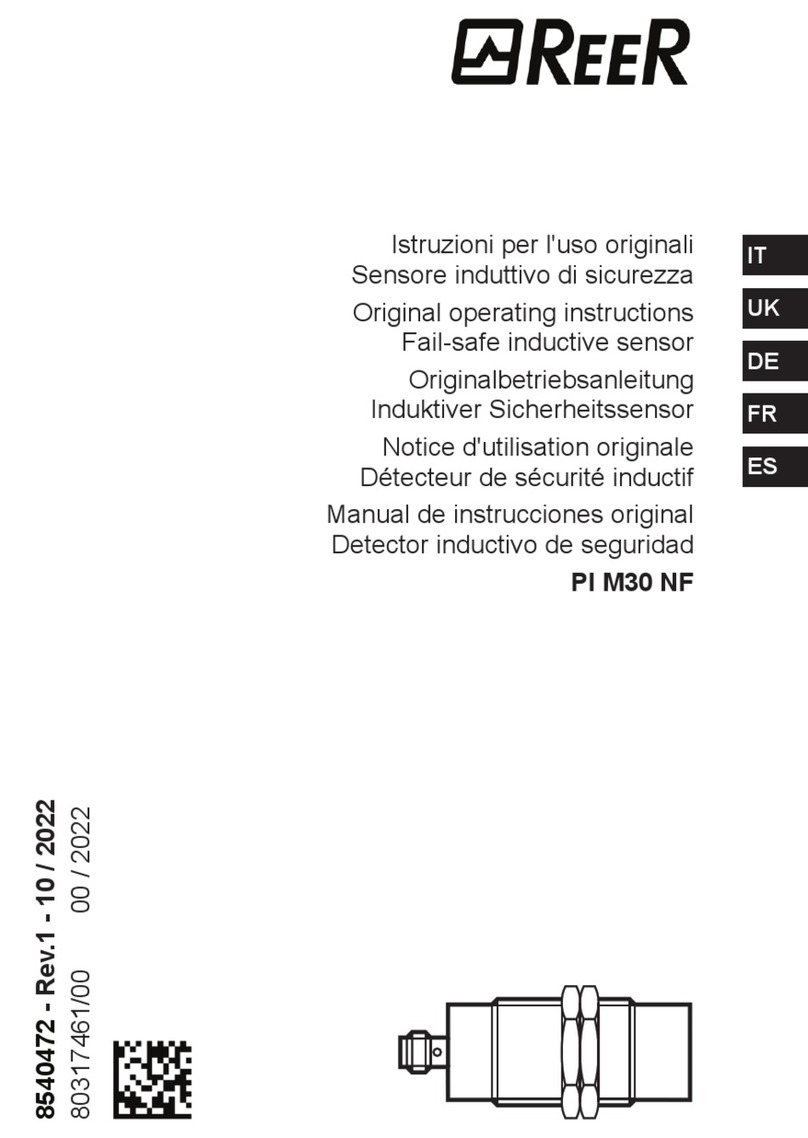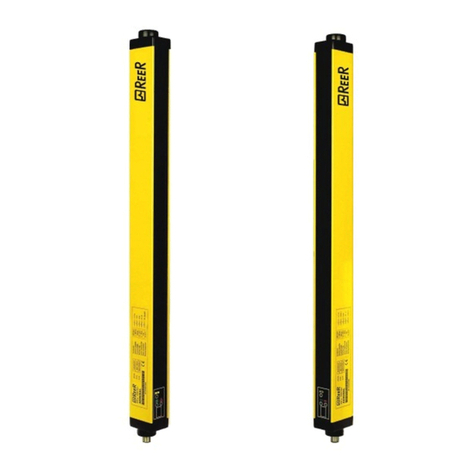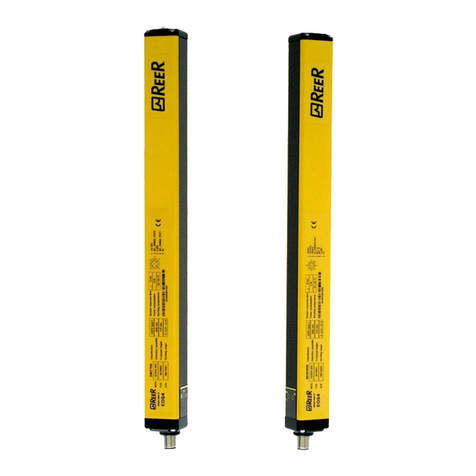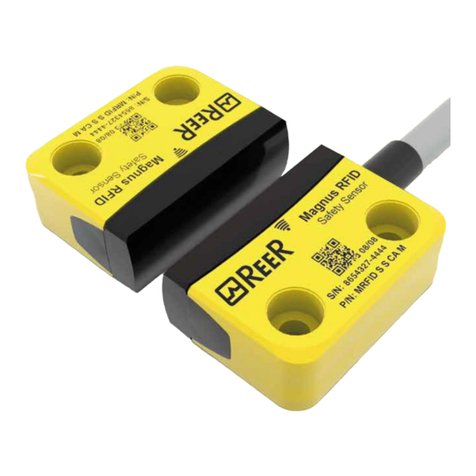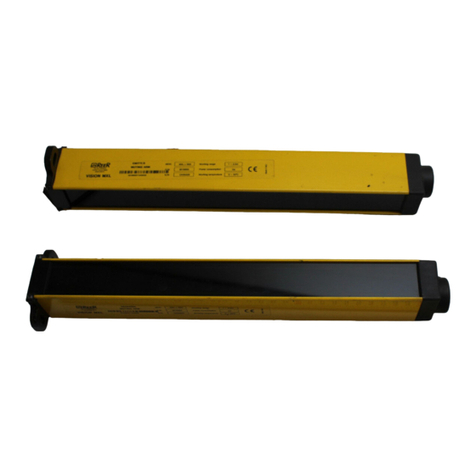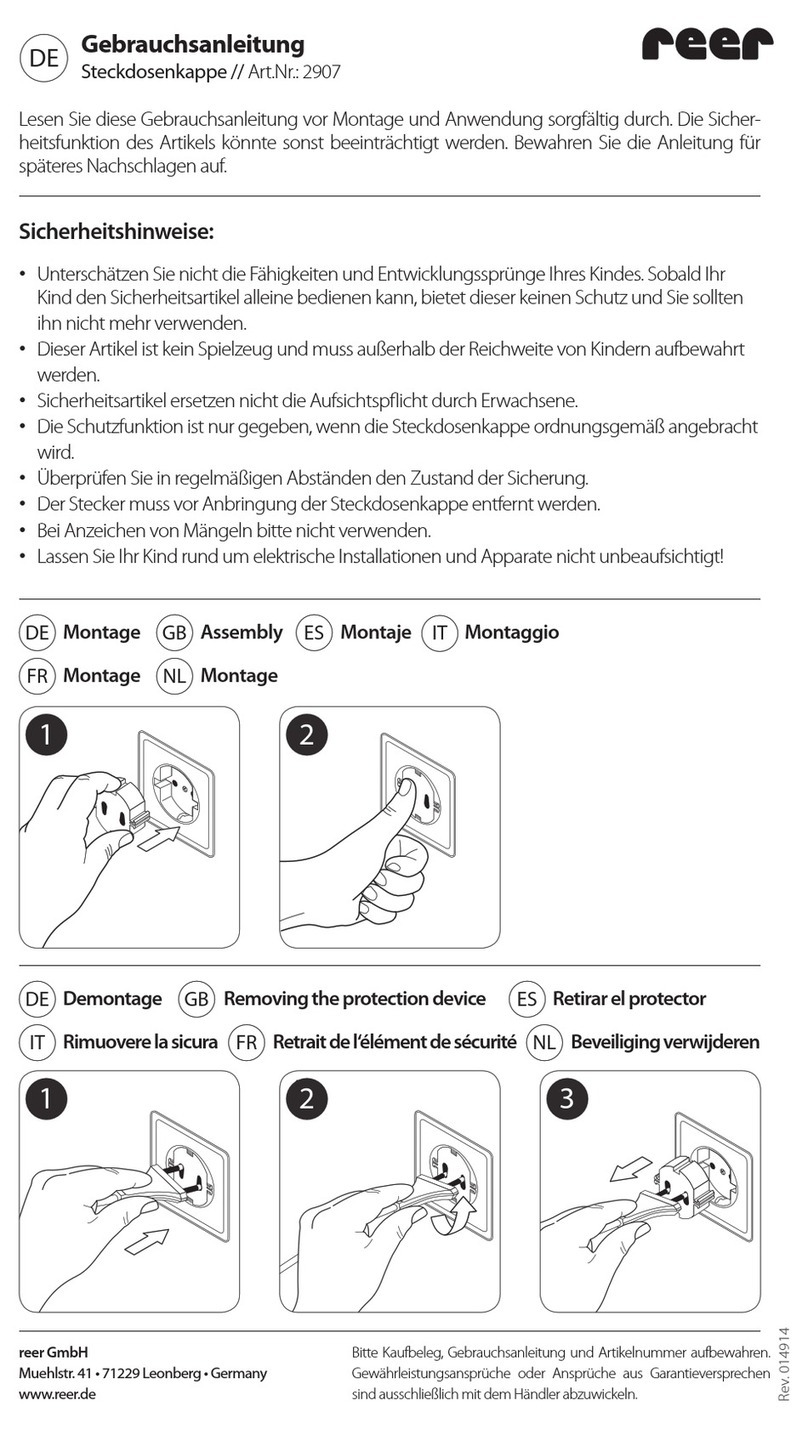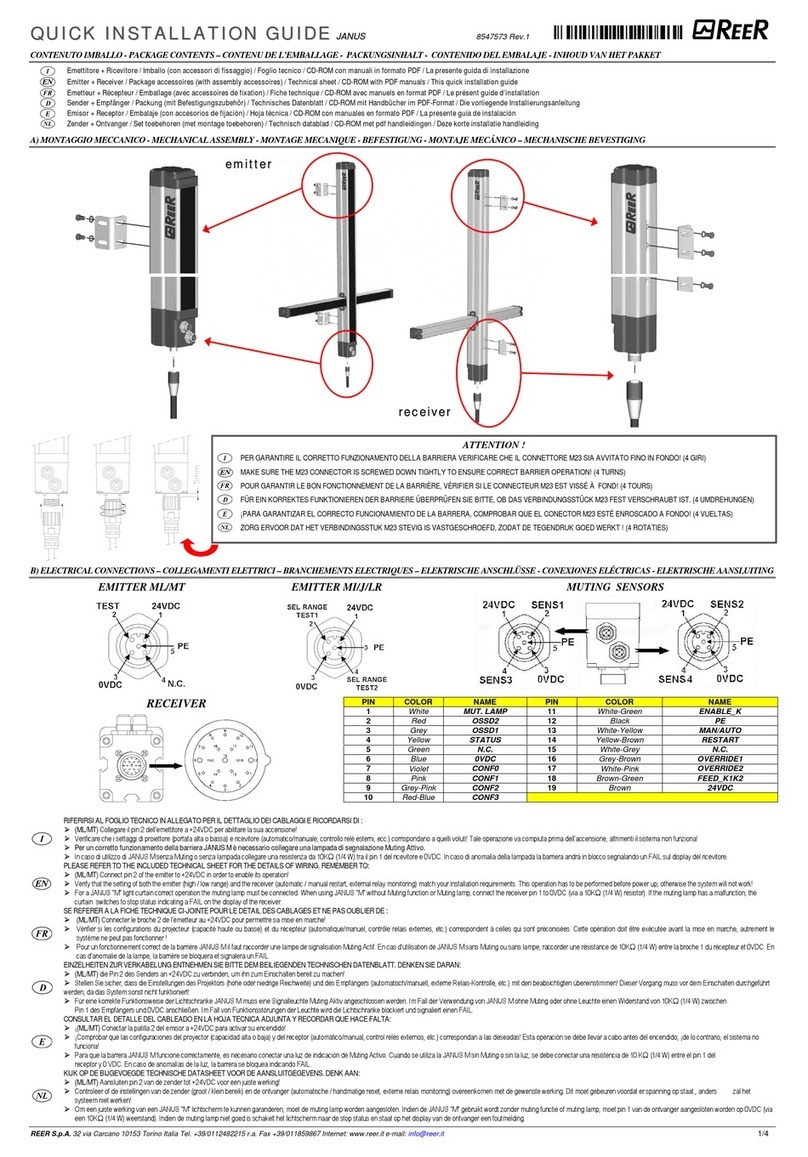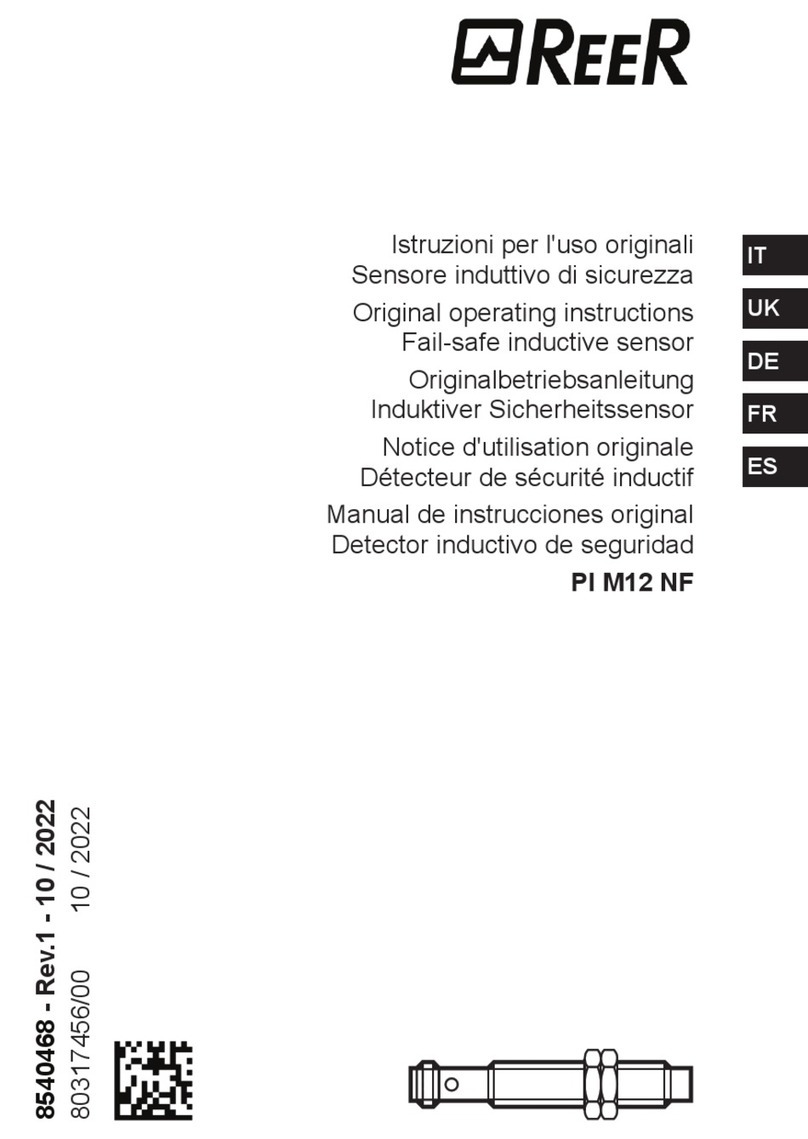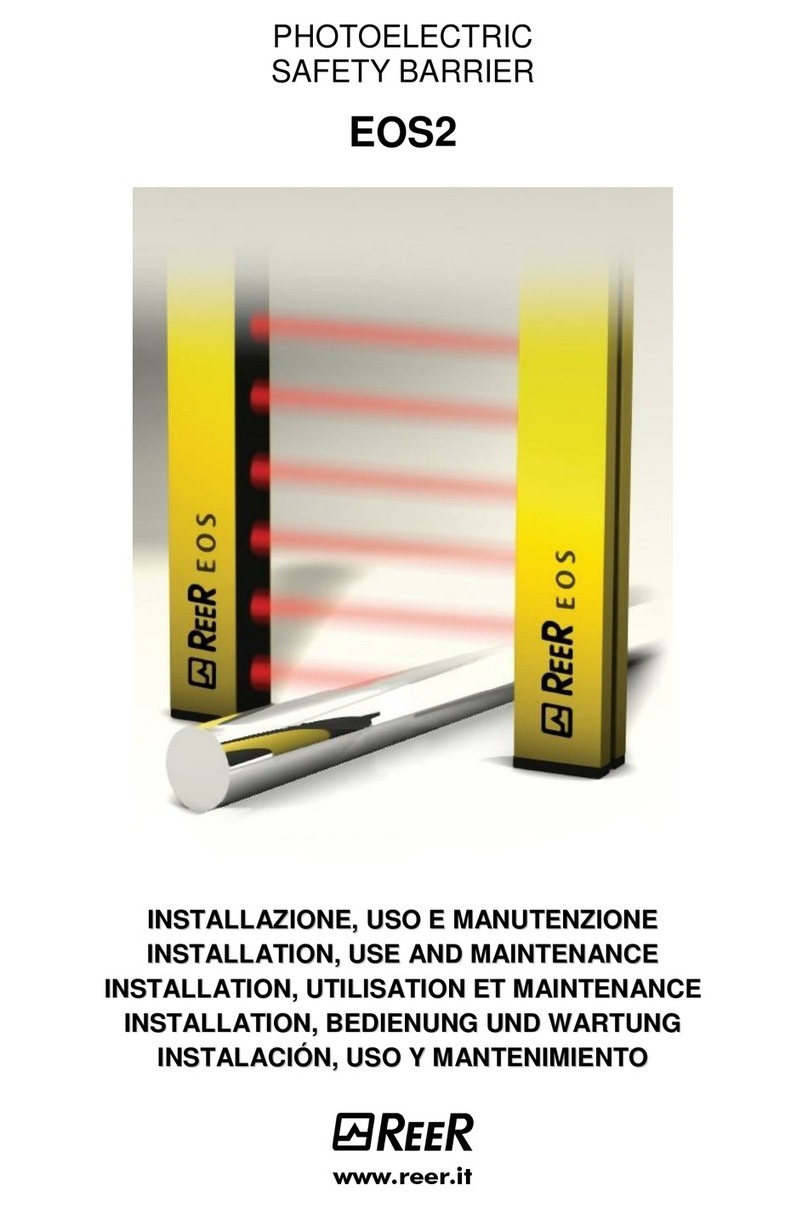
8540581 - 29/09/2010 - Rev.10 1
PHOTOELECTRIC
SAFETY
BARRIER
ADMIRAL AX BK
INSTALLATION USE AND MAINTENANCE
INDICE
INTRODUCTION..................................................................................................................... 2
OPERATION............................................................................................................................ 3
INSTALLATION....................................................................................................................... 4
POSITION..................................................................................................................................... 5
MASTER/SLAVE POSITIONING.................................................................................................. 6
SAFETY DISTANCE CALCULATION........................................................................................... 7
VERTICAL POSITION OF THE BARRIER................................................................................... 8
HORIZONTAL POSITION OF THE BARRIER ............................................................................. 9
ELECTRICAL CONNECTIONS.................................................................................................. 10
EMITTER CONNECTIONS......................................................................................................... 11
RECEIVER CONNECTIONS...................................................................................................... 11
WARNINGS REGARDING THE CONNECTION CABLES......................................................... 12
BLANKING FUNCTION .............................................................................................................. 13
CONFIGURATION OF THE TYPE OF BLANKING.................................................................... 18
MULTIPLE SYSTEMS ................................................................................................................25
USE OF DEFLECTION MIRRORS............................................................................................. 26
DISTANCE BETWEEN REFLECTING SURFACES .................................................................. 27
MECHANICAL ASSEMBLY AND OPTICAL ALIGNMENT......................................................... 28
OPERATION AND TECHNICAL DATA................................................................................. 29
SIGNALS..................................................................................................................................... 29
TEST FUNCTION ....................................................................................................................... 31
OUTPUT STATUS...................................................................................................................... 31
TECHNICAL SPECIFICATIONS................................................................................................. 32
DIMENSIONS........................................................................................................................ 33
CHECKOUTS AND MAINTENANCE.......................................................................................... 34
TROUBLESHOOTING................................................................................................................ 36
SPARE PARTS...................................................................................................................... 39
GUARANTEE ........................................................................................................................ 40
